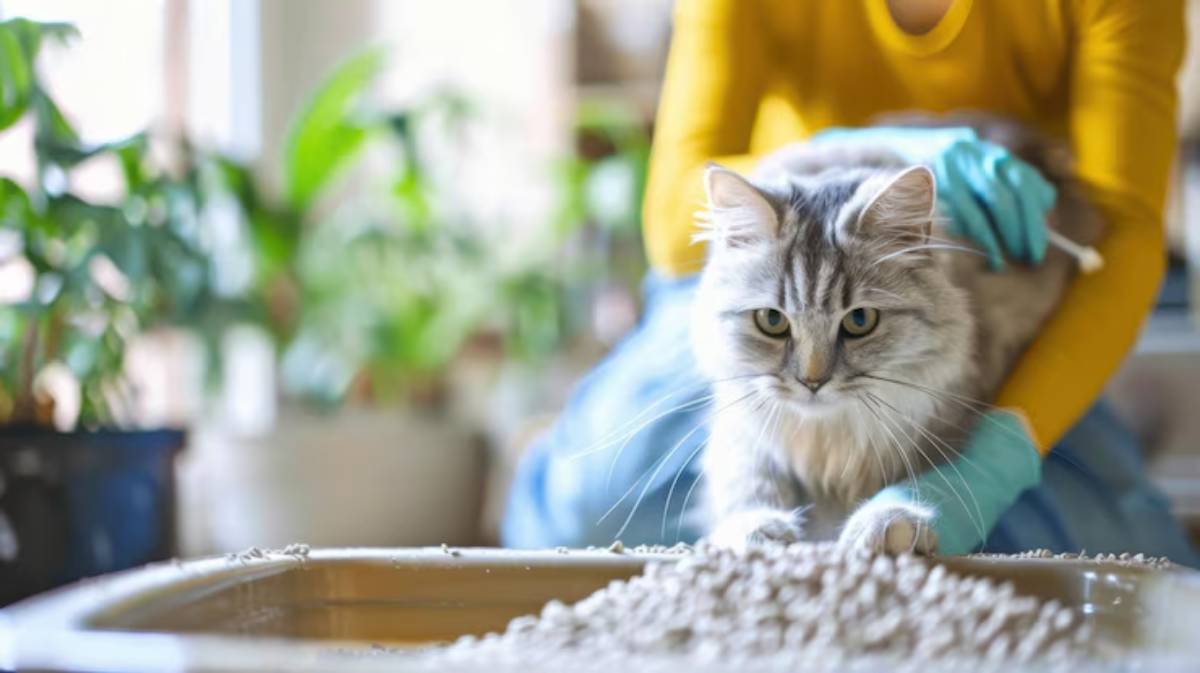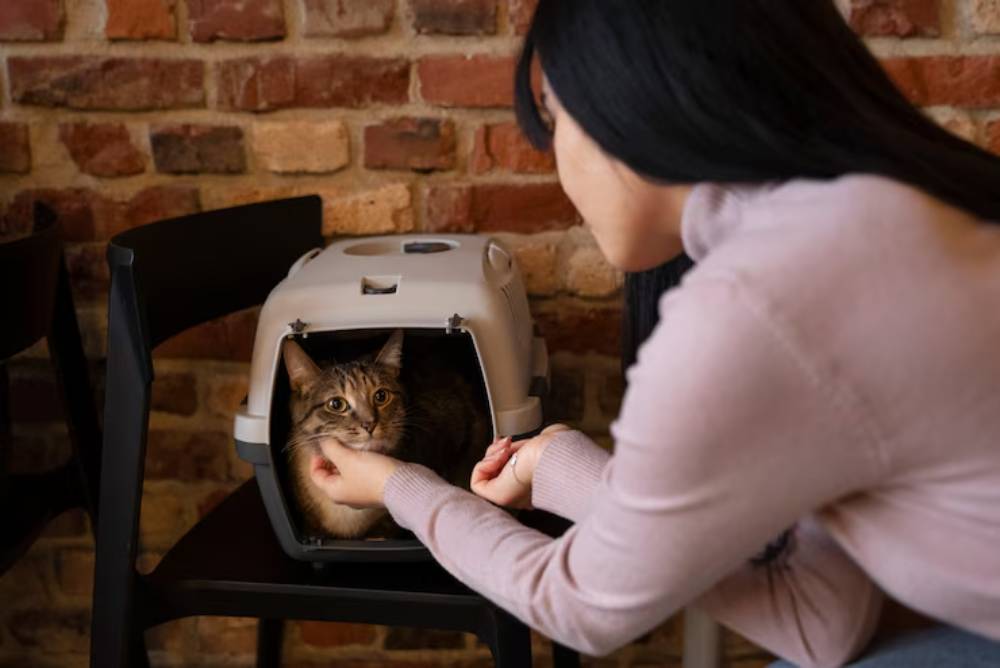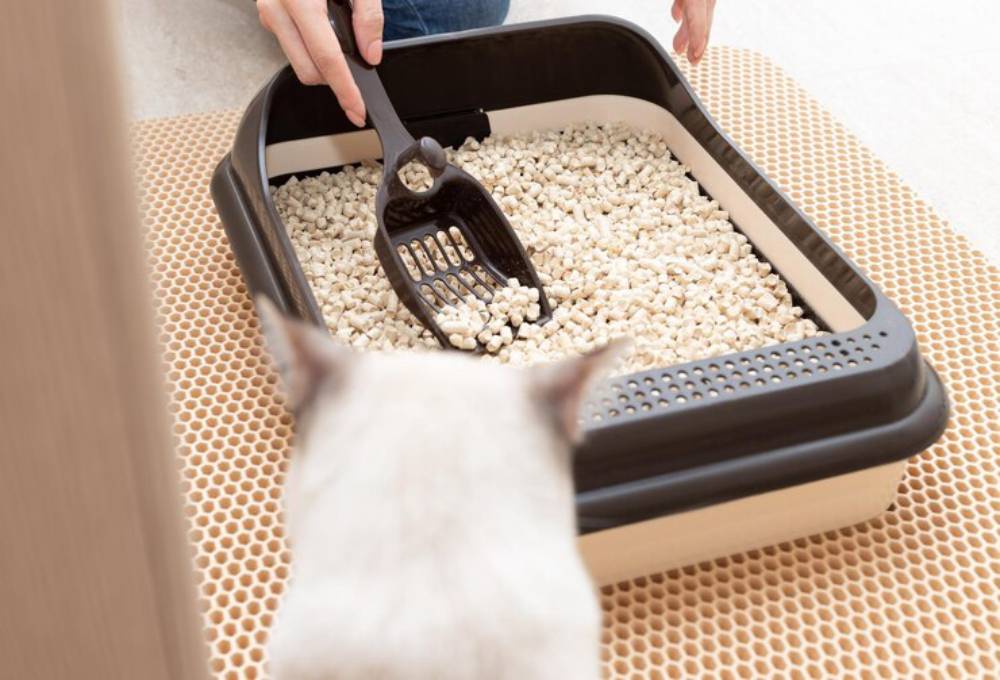
Addressing Litter Box Aversion in Cats
Few things are as frustrating for cat owners as a feline that refuses to use the litter box. Whether it’s a sudden change in behaviour or a longstanding issue, litter box aversion can lead to stress, mess, and a strained relationship between you and your pet. Fortunately, with a bit of patience and understanding, this challenge can be resolved.
This blog will explore the causes of cat litter box aversion, practical solutions, and proactive strategies to prevent the problem from returning. If your cat is refusing the litter box or you’re facing repeated accidents around the house, you’re not alone, and there is a path to a cleaner, calmer home.
What Is Litter Box Aversion?
Litter box aversion refers to a cat’s reluctance or refusal to use its designated toilet area. This issue is more than just inconvenient — it can signal underlying health, behavioural, or environmental problems.
Common Signs of Litter Box Aversion
- Urinating or defecating outside the box
- Excessive scratching near, but not in, the litter box
- Hesitation or avoidance when approaching the box
- Meowing or pacing near the box without entering
Why It Matters
Ignoring litter box aversion may lead to long-term elimination problems and unresolved health conditions. Understanding why your cat avoids their box is key to addressing the root cause.
Common Causes of Litter Box Aversion
Understanding why your cat avoids the litter box is the first step toward a solution.
1. Medical Issues
Before addressing behaviour, always rule out health problems. Cats may associate the litter box with pain.
Possible medical causes include:
- Urinary tract infections (UTIS)
- Bladder stones
- Kidney disease
- Constipation or diarrhoea
What to do? Visit your vet as soon as unusual behaviour begins. Medical conditions must be treated before behavioural training can resume.
2. Box Cleanliness
Cats are notoriously clean animals. A soiled box is often a deal-breaker.
Check for:
- Strong odours
- Waste left too long
- Scented litter that overwhelms your cat’s senses
Solution: Scoop at least once a day and thoroughly replace litter weekly. Avoid strong-smelling deodorisers.
3. Litter Type or Texture
Cats have individual preferences for litter feel and smell. Some dislike coarse granules or heavily scented litter.
Tips:
- Try unscented, soft, clumping litter
- Introduce new litter gradually
4. Box Location
Privacy, quiet, and safety are all factors cats consider.
Avoid:
- High-traffic areas
- Near noisy appliances
- In multi-pet households, boxes are placed where a cat may feel trapped
Best practice: Place boxes in calm, easily accessible, private areas. You may need multiple options.
5. Box Type and Size
A box that’s too small, covered, or hard to enter can deter use.
Recommendations:
- Choose a box at least 1.5x the length of your cat
- For older or arthritic cats, opt for low-sided boxes
6. Stress or Environmental Change
Cats thrive on routine. A move, a new pet, a baby, or a change in routine can trigger avoidance.
Manage stress by:
- Keeping a consistent schedule
- Offering hiding spots and vertical space
- Using calming pheromones (e.g. Feliway)
Positive Solutions: How to Encourage Litter Box Use
Once you’ve identified the issue, re-training any stray cats with positive methods is the next step.
1. Rule Out Health First
As mentioned, always start by checking for illness. No training will work if your cat is in pain.
2. Clean Accidents Properly
Use enzyme-based cleaners to remove scent markers. Avoid ammonia-based products — they mimic the smell of urine.
3. Use Multiple Litter Boxes
The golden rule: one box per cat, plus one extra. In multi-cat households, territorial issues can cause litter box avoidance.
4. Try Different Litter Options
Offer a “litter buffet” with different textures and types in separate boxes to let your cat decide.
5. Make the Box Appealing
- Keep it clean
- Ensure easy access
- Avoid drastic changes without a transition time
6. Positive Reinforcement

When your cat uses the box correctly, reward them!
Ideas include:
- Gentle praise
- Treats immediately after use
- Playtime as a reward
Important: Never punish your cat for accidents. It increases anxiety and makes the problem worse.
7. Keep Routine Consistent
Feed, play, and clean the box simultaneously each day. Predictability builds confidence and comfort.
When to Call a Behaviourist
If all else fails, consider professional help. Certified feline behaviourists can assess your home, interactions, and cat habits to uncover hidden triggers.
Signs you might need help:
- Long-term avoidance (more than a month)
- Aggression or anxiety symptoms
- Several failed training attempts
Preventing Litter Box Problems Long-Term
Once resolved, prevention is key to maintaining progress.
Routine Maintenance

- Scoop daily
- Change litter weekly
- Wash the box with mild, unscented soap monthly
Monitor Health
Keep up with vet visits and watch for changes in litter habits — they can be early signs of health issues.
Consider Your Cat’s Age
Senior cats may struggle with mobility. Provide ramps, low-sided boxes, and more frequent cleaning.
Maintain a Peaceful Environment
Minimise loud noises, ensure your cat has space, and keep the environment predictable.
Stay In Tune With Your Cat
Observe their body language. Cats are subtle communicators — avoidance, pacing, or over-grooming can all indicate discomfort.
Retraining a Cat With Litter Box Issues

Addressing cat litter box aversion is more than cleaning up a mess — it’s about tuning into your cat’s needs, habits, and environment. Whether your cat is refusing the litter box due to a health condition, litter preference, or stress, the key lies in patient observation and kind, consistent training.
You’ve got the tools: identify the issue, make thoughtful changes, reinforce positive behaviour, and stay consistent. Your cat wants to get it right — they just need a little help along the way.
Have you had success retraining a cat with litter box issues? Share your story in the comments — your tips could help someone else! If you’re struggling, don’t hesitate to seek professional support. Your cat (and your carpet) will thank you. Read our blog to learn how to train a stray cat to use the litter box.


